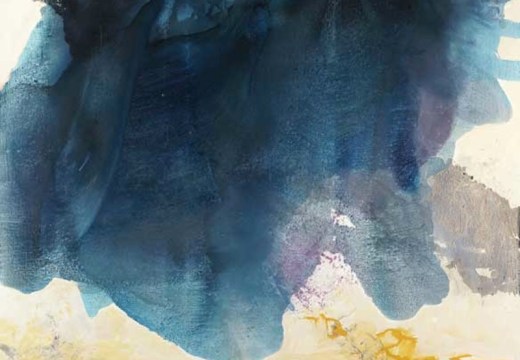Mondrian’s search for a new universal harmony is explored through his use of colour in a groundbreaking new exhibition at Turner Contemporary, which opens on Saturday (24 May). Sarah Martin, the gallery’s Head of Exhibitions, told us more:
Click here for a gallery of highlights from the exhibition
Can you tell us a bit about the exhibition?
‘Mondrian and Colour’ explores Mondrian’s (1872–1944) practice, tracing his use of colour from figuration to early abstraction. It brings together around 50 paintings by the artist from the Gemeentemuseum Den Haag and other collections in Europe and the USA.
What makes this a distinctive show?
The exhibition is the first to consider in depth the significance of colour during Piet Mondrian’s early career, from his earliest studies in the Dutch landscape through to his abstract works of the 1920s and ‘30s made during his time in Paris, including a small selection of works not previously seen in the UK.
How did you come to curate this exhibition?
The exhibition is curated by Ortrud Westheider, Director of Bucerius Kunst Forum and Victoria Pomery, Director at Turner Contemporary. Our two organisations worked together previously on the exhibition ‘Turner and the Elements’ (2011–12).
What is likely to be the highlight of the exhibition?
The opportunity to see key early works such as The Red Mill (1911), alongside some of the acclaimed grid paintings with which Mondrian is particularly associated.
What are the major works to feature in this exhibition?
Major works include Composition with Red, Blue, Black, Yellow and Grey (1921; Gemeentemuseum den Haag) and Composition with Blue and Yellow (1932; Denver Art Museum).
And what’s been the most exciting personal discovery for you?
A number of things but particularly the impact of the First World War on Mondrian’s art, forcing him to remain in the Netherlands for five years rather than returning to Paris. During this period he met Theo van Doesburg, and the two artists formed the influential De Stijl journal. Without this encounter, 20th-century European art and architecture would have looked very different; we still feel its influence today. A more surprising discovery for me was Mondrian’s fondness for Disney’s Snow White, which was showing in London cinemas when he arrived there in 1938.
What’s the greatest challenge you’ve faced in preparing this exhibition?
Many of the paintings are fragile and do not travel frequently, but we have been fortunate to secure important works from numerous private and public collections, in addition to the Gemeentemuseum’s own paintings.
How are you using the gallery space? What challenges will the hang/installation pose?
The Mondrian show will be installed in two of our galleries, chronologically and grouped according to broad themes. Summer is an especially busy season for us in Margate and we expect the exhibition to be very popular and the galleries full of people, so perhaps that is the greatest challenge – but it’s a nice one to face!
Alongside Mondrian, we are showing work by the contemporary American artist Spencer Finch, who creates glowing installations of light and colour.
Which other works would you have liked to have included?
There is a wonderful early landscape of the English coast in the Moderna Museet Collection in Stockholm that we would have liked to include had it been available. But generally we are delighted with the works both our Hamburg partners and we have been able to assemble for this show.
‘Mondrian and Colour’ runs at Turner Contemporary, Margate, from 24 May–21 September.
















![Masterpiece [Re]discovery 2022. Photo: Ben Fisher Photography, courtesy of Masterpiece London](http://zephr.apollo-magazine.com/wp-content/uploads/2022/07/MPL2022_4263.jpg)
‘Like landscape, his objects seem to breathe’: Gordon Baldwin (1932–2025)